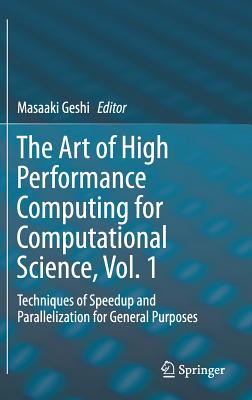Vascular Smooth Muscle Function in Hypertension (Colloquium Series on the Developing Brain)
暫譯: 高血壓中的血管平滑肌功能(發展中大腦的研討會系列)
Theodora Szasz, Rita C. A. Tostes
- 出版商: Morgan & Claypool
- 出版日期: 2016-10-23
- 售價: $1,620
- 貴賓價: 9.5 折 $1,539
- 語言: 英文
- 頁數: 106
- 裝訂: Paperback
- ISBN: 1615046844
- ISBN-13: 9781615046843
海外代購書籍(需單獨結帳)
商品描述
Hypertension is defined by an increase in systemic blood pressure above limits considered normal, currently set at 140 mmHg for systolic and 90 mmHg for diastolic pressure. Assuming central venous pressure to be near zero, mean arterial pressure is determined by the product of total peripheral resistance and cardiac output. In most cases of essential hypertension, as well as in animal models of hypertension, cardiac output and its main determinants, stroke volume and heart rate, are normal, whereas total peripheral resistance is increased. Total peripheral resistance is influenced by a number of factors described by the Poiseuille's law, the most significant of which by far is the diameter of blood vessels of the arterial tree. Since blood vessel diameter is a reflection of both vascular structure and active regulation of vascular tone through mechanisms of vasoconstriction and vasodilatation, it is generally considered that alterations in total peripheral resistance are directly determined by alterations in vascular smooth muscle structure and/or function. Thus, complex blood pressure regulation systems, including renal, nervous, endocrine, immune, and others, in their turn influenced by genetic or environmental factors, converge upon the same molecular mechanisms that control the structure and function of vascular smooth muscle. In this work, rather than providing the exhaustive list of modifications in the blood pressure regulating systems that ultimately affect the vasculature in hypertension, we will focus on the structural and functional alterations of vascular smooth muscle per se during hypertension.
商品描述(中文翻譯)
高血壓被定義為系統性血壓超過正常範圍,目前設定為收縮壓140 mmHg和舒張壓90 mmHg。假設中心靜脈壓接近零,平均動脈壓由總外周阻力和心輸出量的乘積決定。在大多數原發性高血壓的情況下,以及在高血壓的動物模型中,心輸出量及其主要決定因素——每搏量和心率都是正常的,而總外周阻力則增加。總外周阻力受到多種因素的影響,這些因素由波伊斯奧定律(Poiseuille's law)描述,其中最重要的因素是動脈樹血管的直徑。由於血管直徑反映了血管結構以及通過血管收縮和擴張機制對血管緊張度的主動調節,因此一般認為總外周阻力的變化直接由血管平滑肌的結構和/或功能的變化所決定。因此,包括腎臟、神經、內分泌、免疫等在內的複雜血壓調節系統,受到遺傳或環境因素的影響,最終匯聚到控制血管平滑肌結構和功能的相同分子機制。在本研究中,我們將重點關注高血壓期間血管平滑肌本身的結構和功能變化,而不是提供影響高血壓中血壓調節系統的所有修改的詳細列表。






























